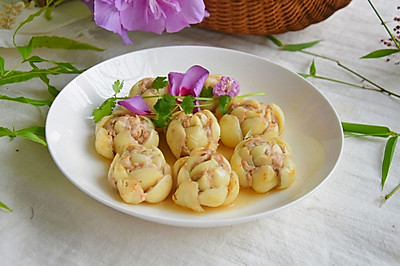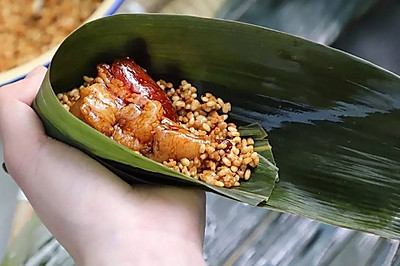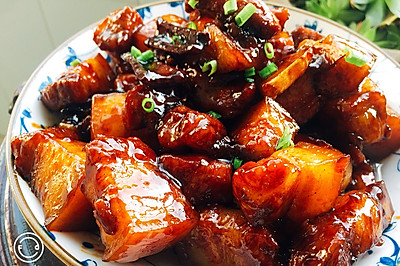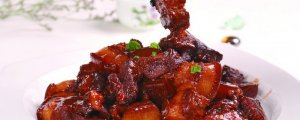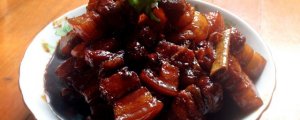
[Hokkaido Qifeng] soft girl cake
(81887 views)![[Hokkaido Qifeng] soft girl cake](https://cp1.douguo.com/upload/caiku/4/5/c/yuan_45dc31a3ed168b430bf7df3e42410cfc.jpg)
The recipe for the cake comes from a Japanese girl named ochikeron. I didn't use her recipe for filling. This side can be used for 8 large paper cups in the picture
Cooking ingredients
Cooking Steps

Step1:Separate the yolk from the egg whit

Step2:Beat three yolks with 20g sugar until lighte

Step3:Add vegetable oil and stir evenl

Step4:Well beaten loo

Step5:Beat well with mil

Step6:Sift in the low powder and beat it well. Because I saw that the original author used the eggbeater to beat it well. I also tried to practice and proved that because the amount of powder is not high, the batter of the finished product is relatively thin. So the eggbeater is not afraid of gluten

Step7:What it looks like after mixing with powde

Step8:The protein is added into 40 g of fine sugar in 3 parts and 23 times to beat the original. The author beat it until it is hard. I beat it until it is wet and dry. It is not completely hard yet

Step9:Take half of the batter and the yolk batter from step 7 and mix wel

Step10:Turned ove

Step11:Then pour the mixed paste in step 10 into the remaining half of the protein paste and mix evenl

Step12:Put it into a paper cup. When the batter is six or seven minutes full, it's almost the same. I only have seven paper cups left. So if the batter is eight minutes too much, it's too much longer than the paper cup. It's easy to burst and put it into a preheated 175 degree oven for 810 minutes, then turn it to 150 degrees and bake it for 15 minutes (if you want to keep it from bursting, you can try to reduce the temperature, turn it on and fire it down. When it's highly stable, turn it up and down. In this case, if the watch If the color is not enough, the temperature can be raised at the end and only a few minutes to get the upper color. Because the oven in my dorm is only on the upper level. Therefore, it is necessary to ensure that the surface is crusting when it is heated.

Step13:For the method of filling with vanilla Cassida sauce, please refer to the previous writing [vanilla Cassida puff] vanilla Cassida sauce and whipped cream, mix well and then squeeze into the cake

Step14:Finished product

Step15:Tear up

Step16:Section organization and internal filling

Step17:Close up of cut and internal organization. Organization I like the filling part. The particles I see are the cake pieces stuck on the knife when it is cut, rolled in and mixed together
Cooking tips:As for the origin of Qifeng in Hokkaido, I can't find out if it's half a dime related to Hokkaido. In short, it's characterized by softness. The filling of ice cream taste is also standard. The Chinese formula popular on the Internet is ultra-low powder. It's true that the low powder will be soft. But the supporting force is poor. Although this setting is to collapse and fill the filling, it's not true I have found out whether this cake has anything to do with Hokkaido, but I still checked many Japanese recipes. I hope I can see some clues. However, there are not many Japanese recipes that can be found. Some of them are not called Hokkaido Qifeng, and I can see from these recipes that I can find. The amount of flour is not as low as the common Chinese recipes. In fact, I prefer to use Qi as usual Fengfangzi's powder quantity is not too different. I try to have a try. As a result, the finished product is really soft enough. Of course, I haven't made the ultra-low powder quantity prescription yet
 Chinese Food
Chinese Food

